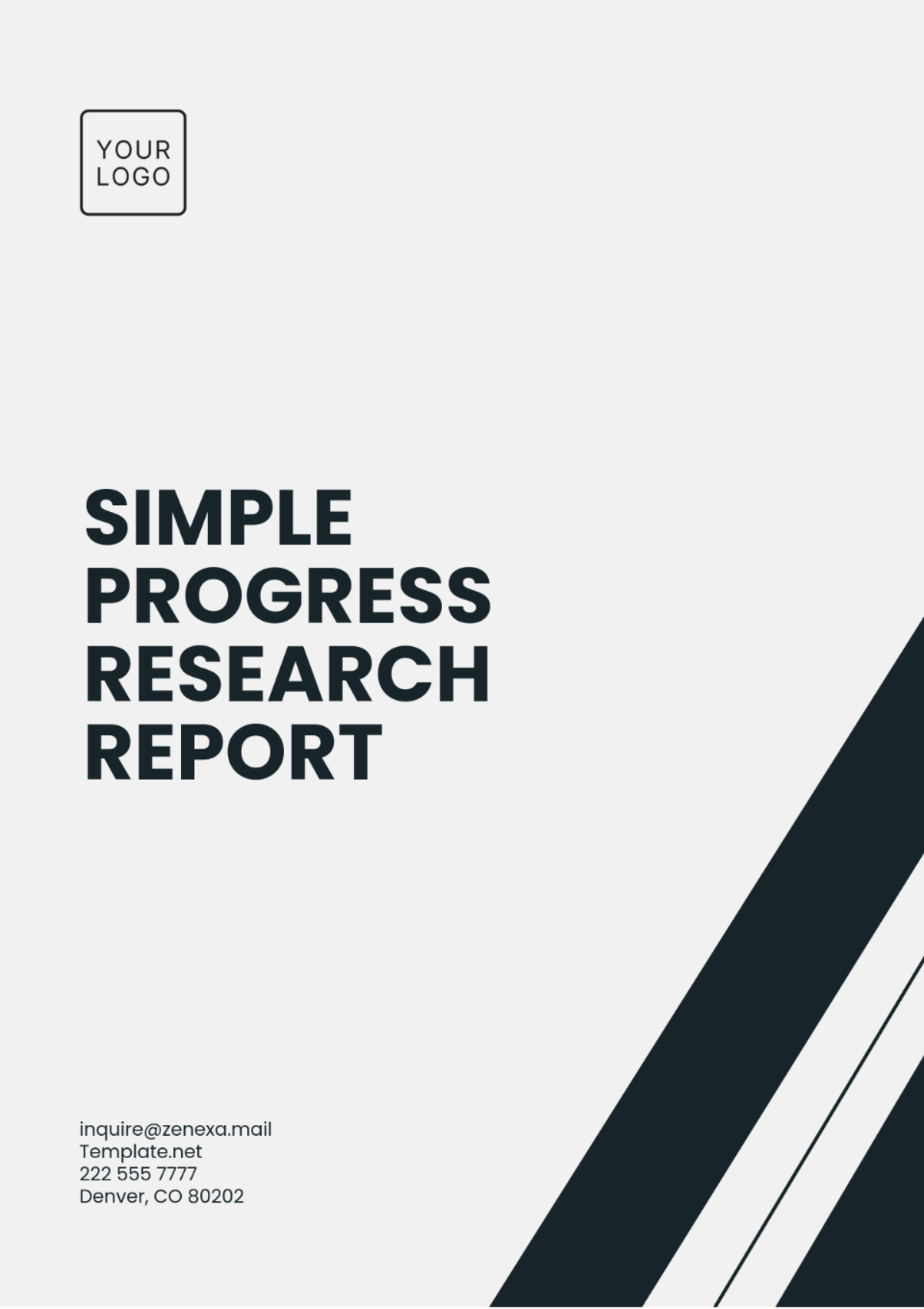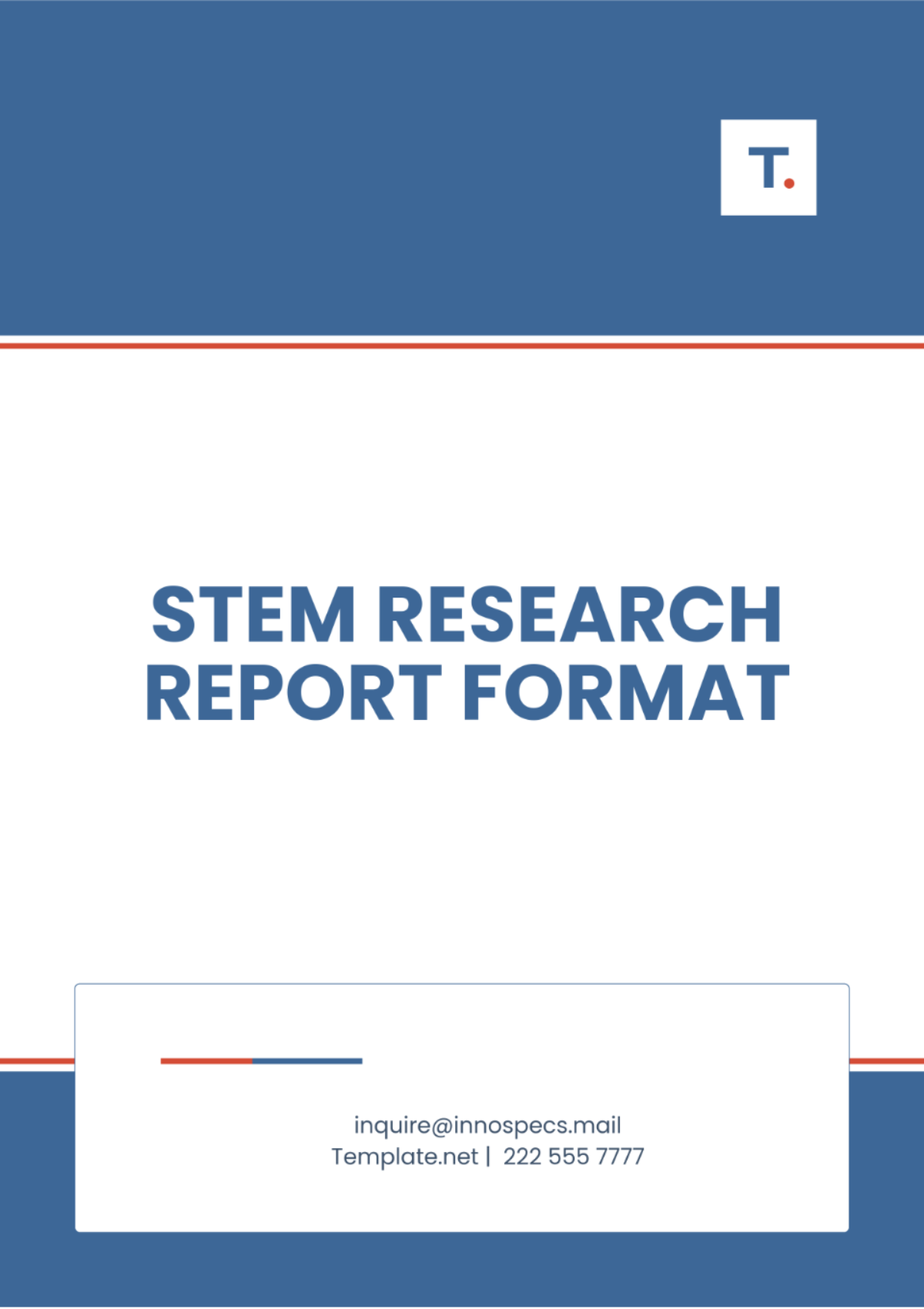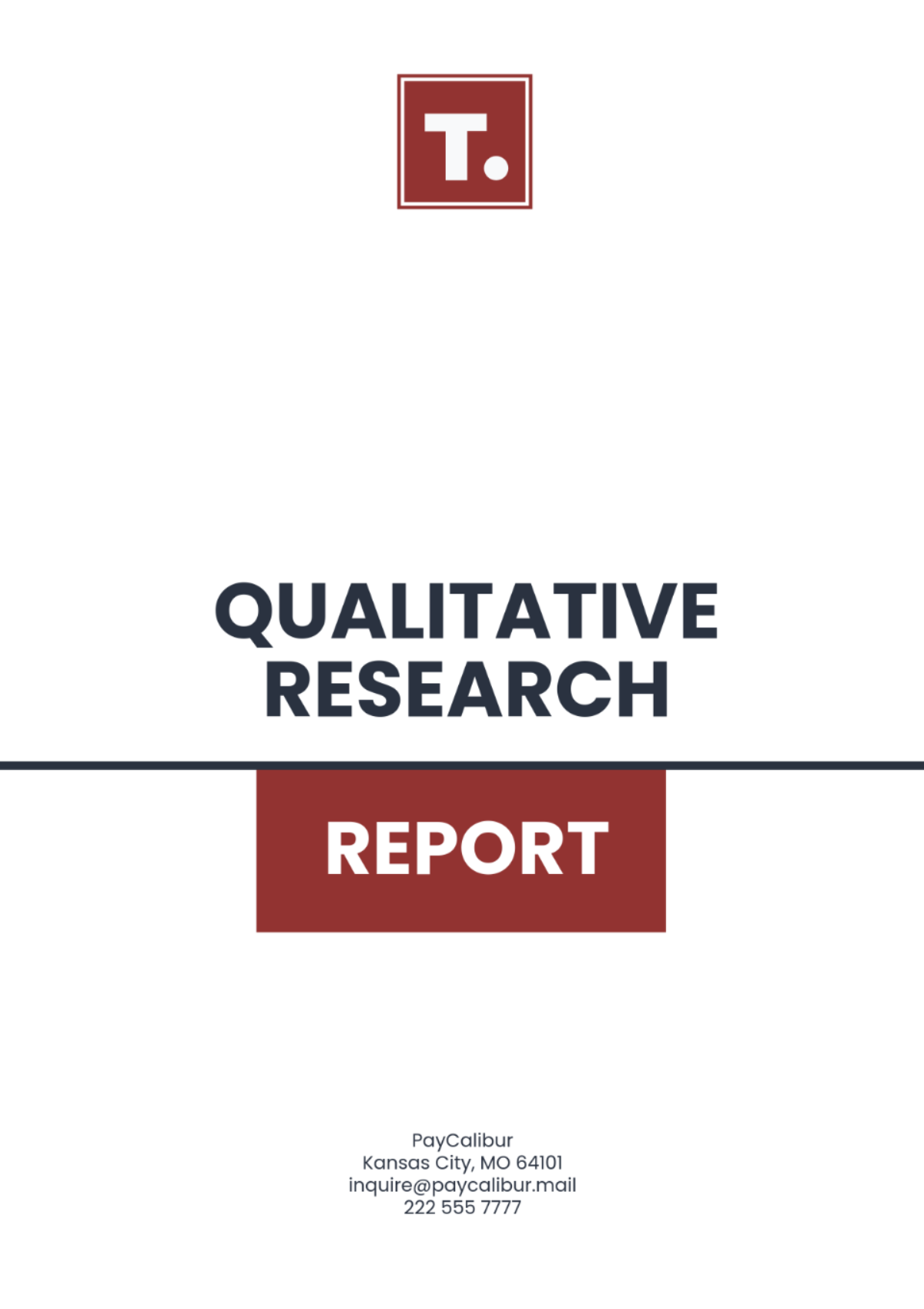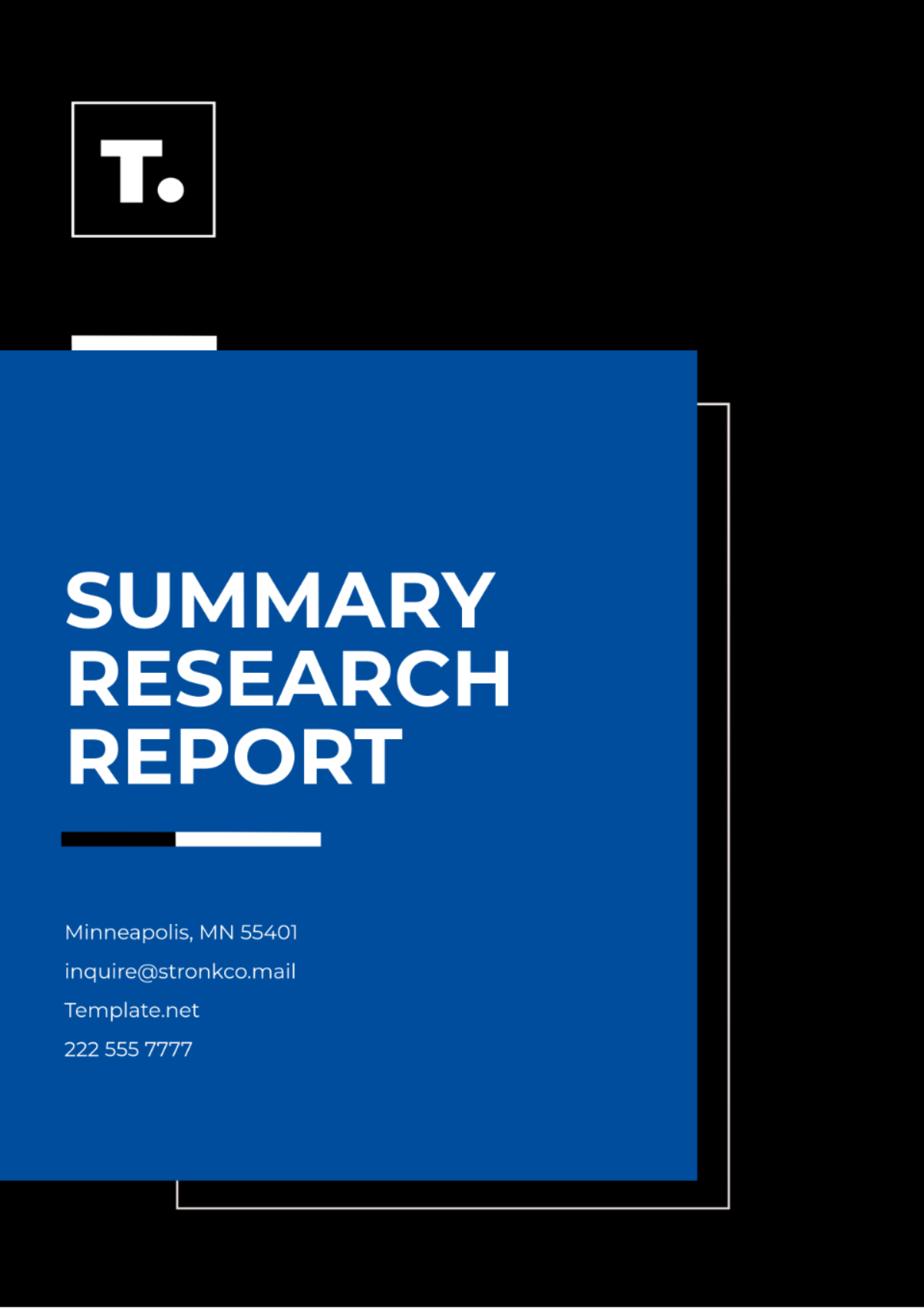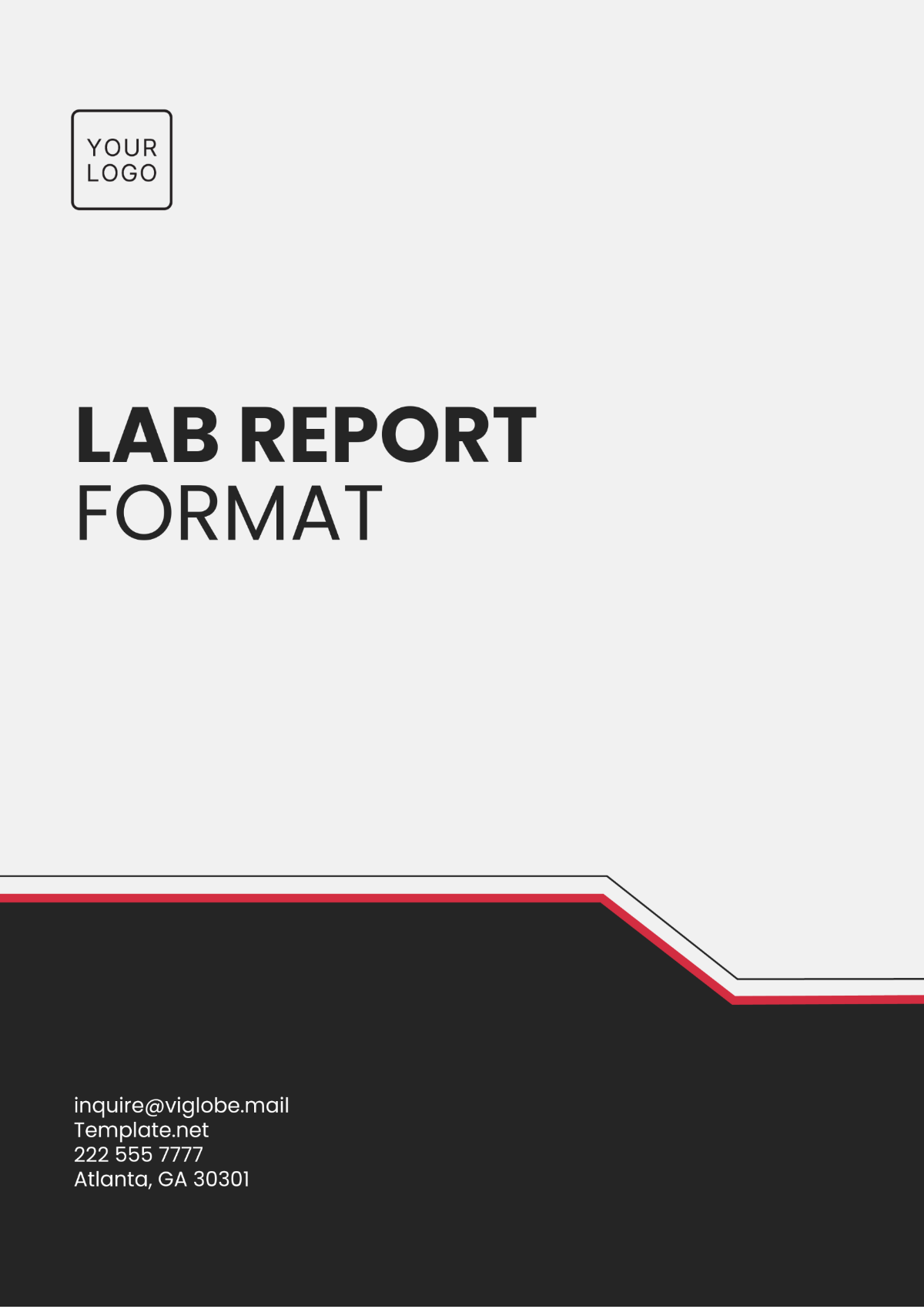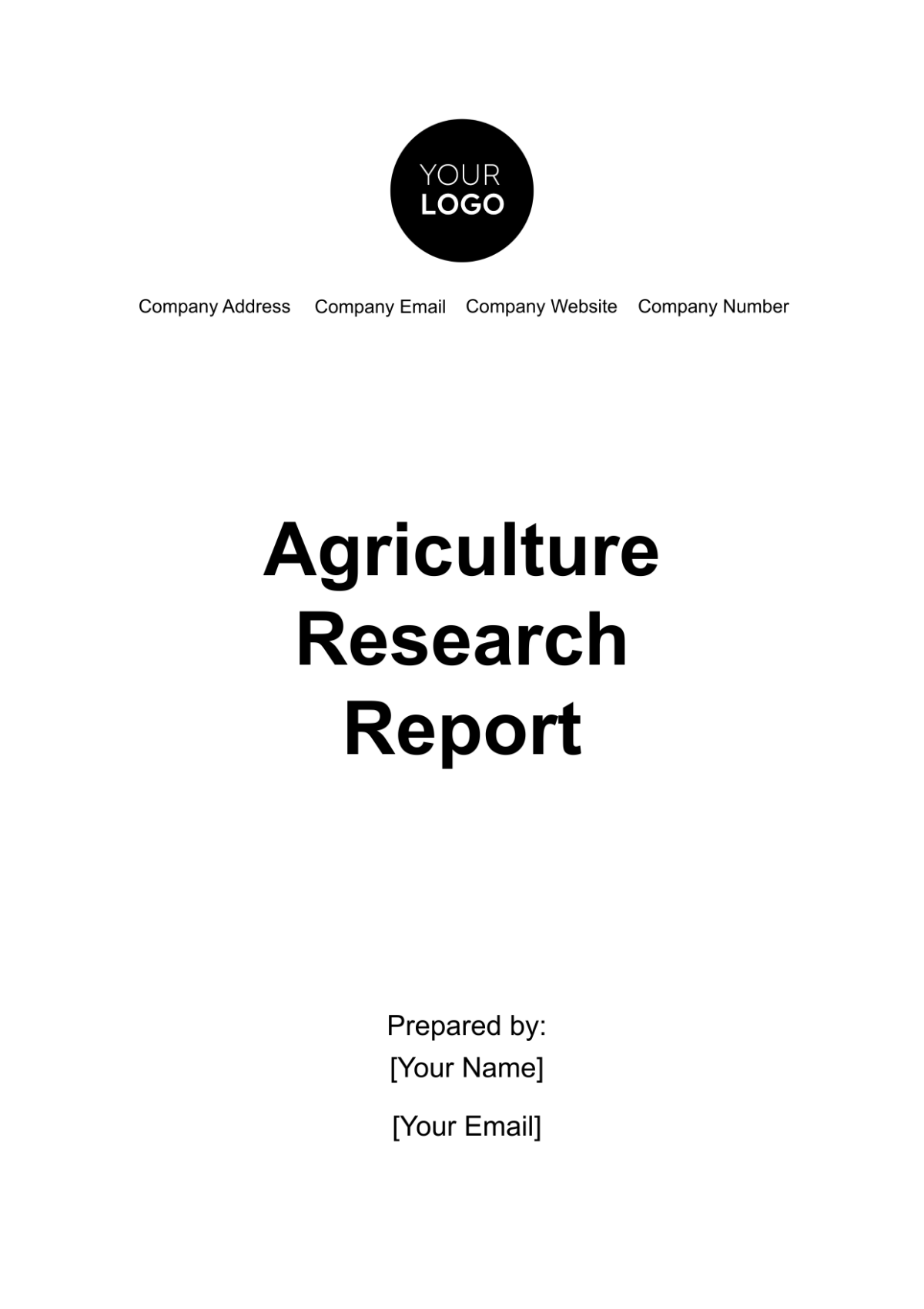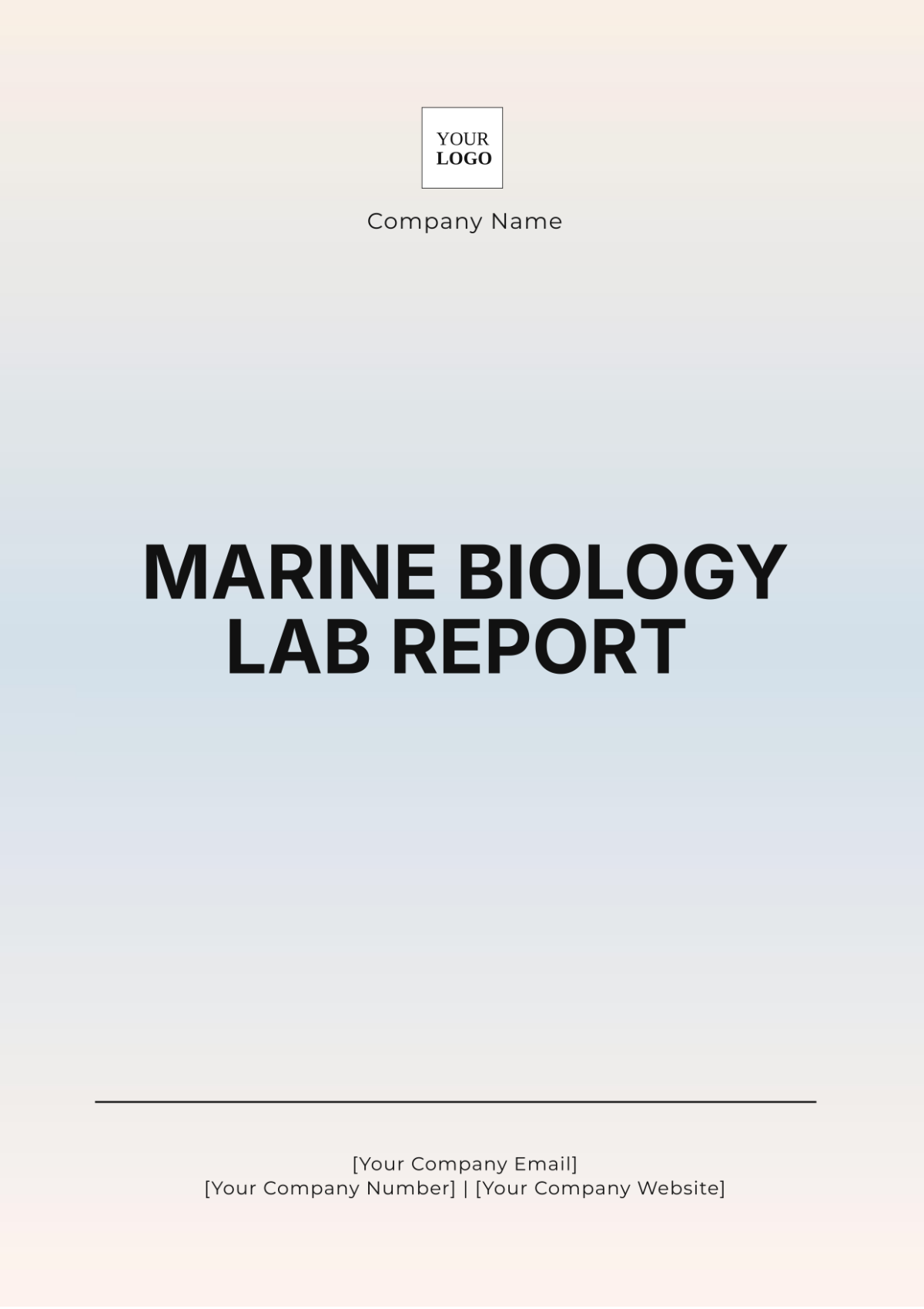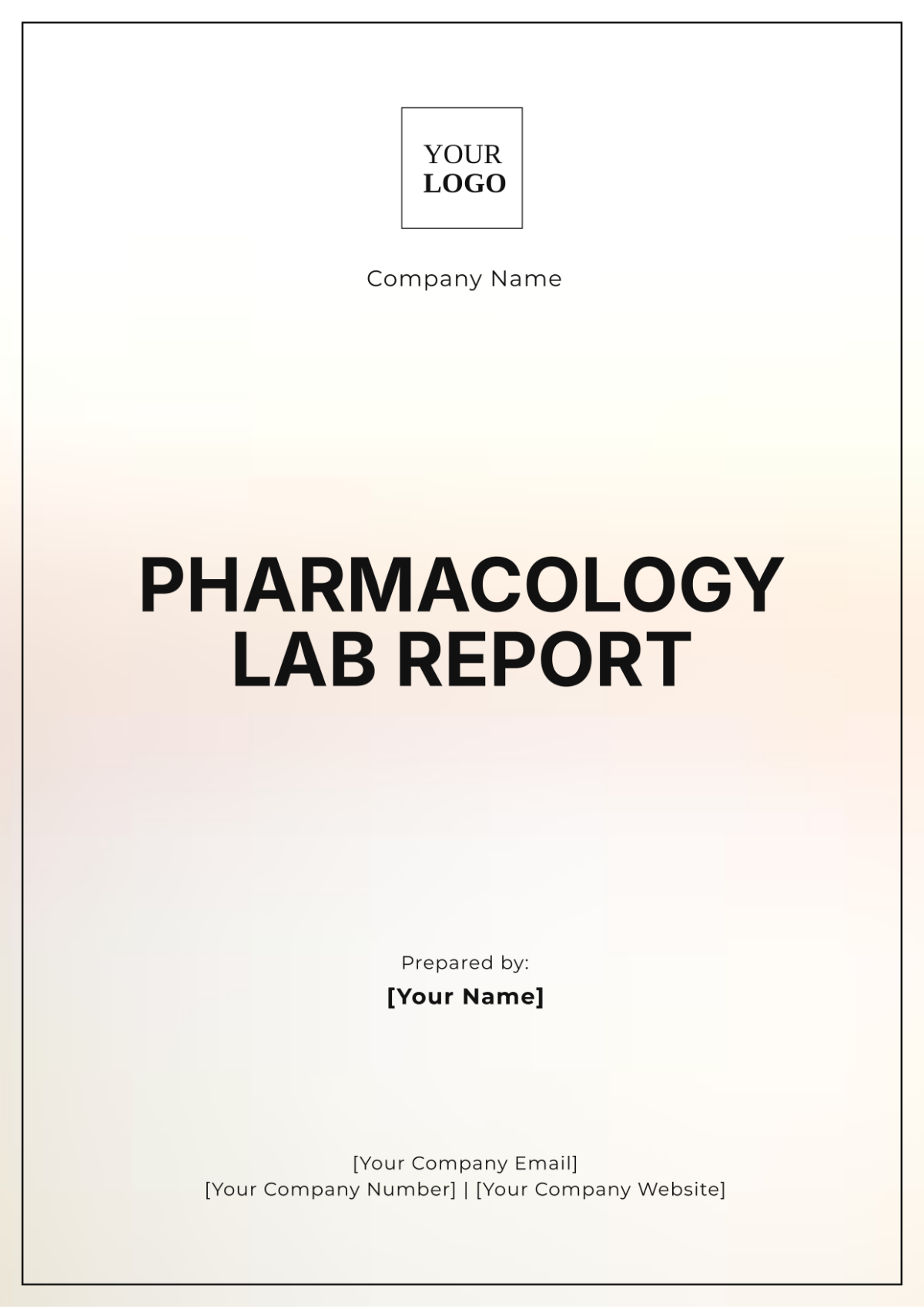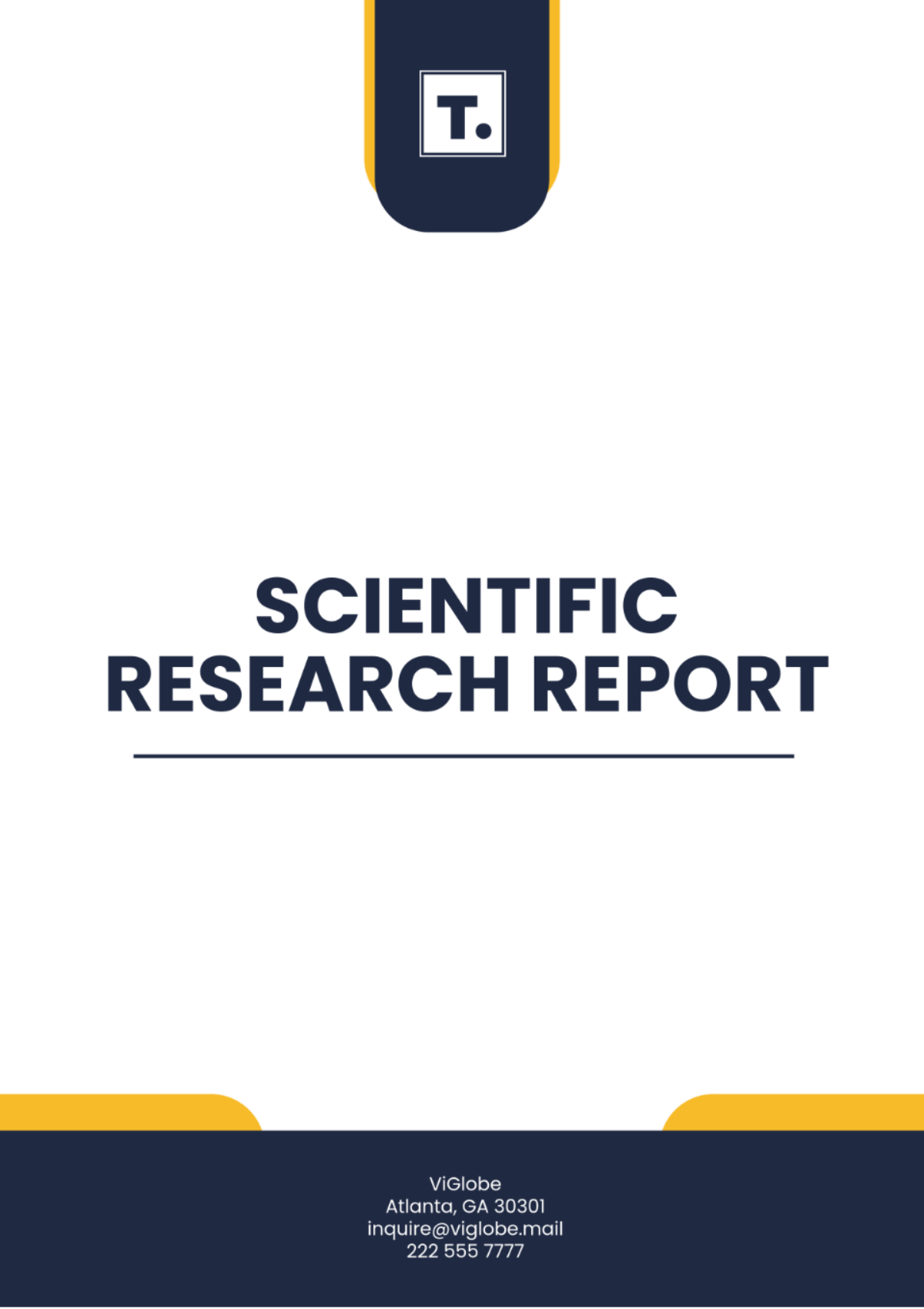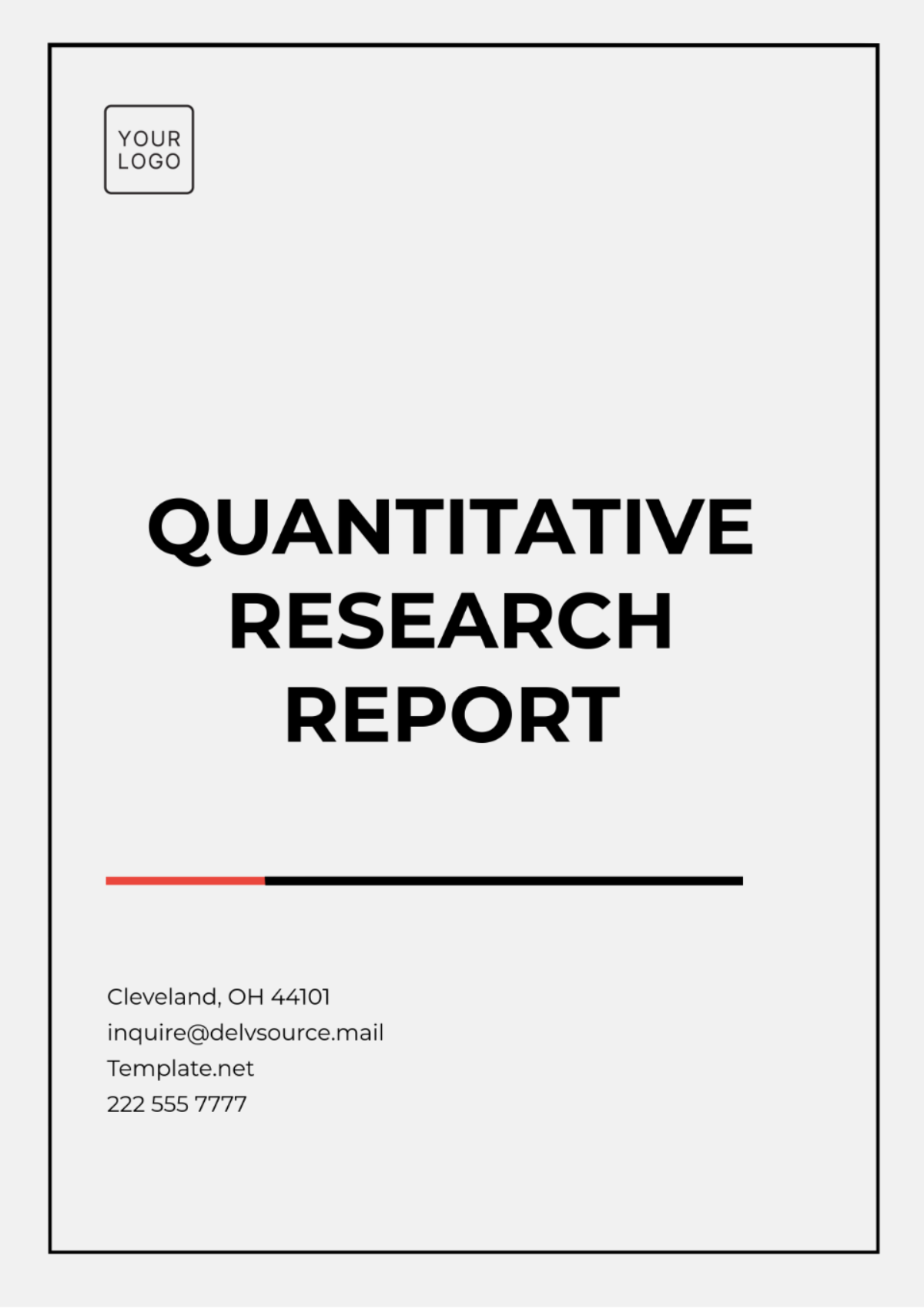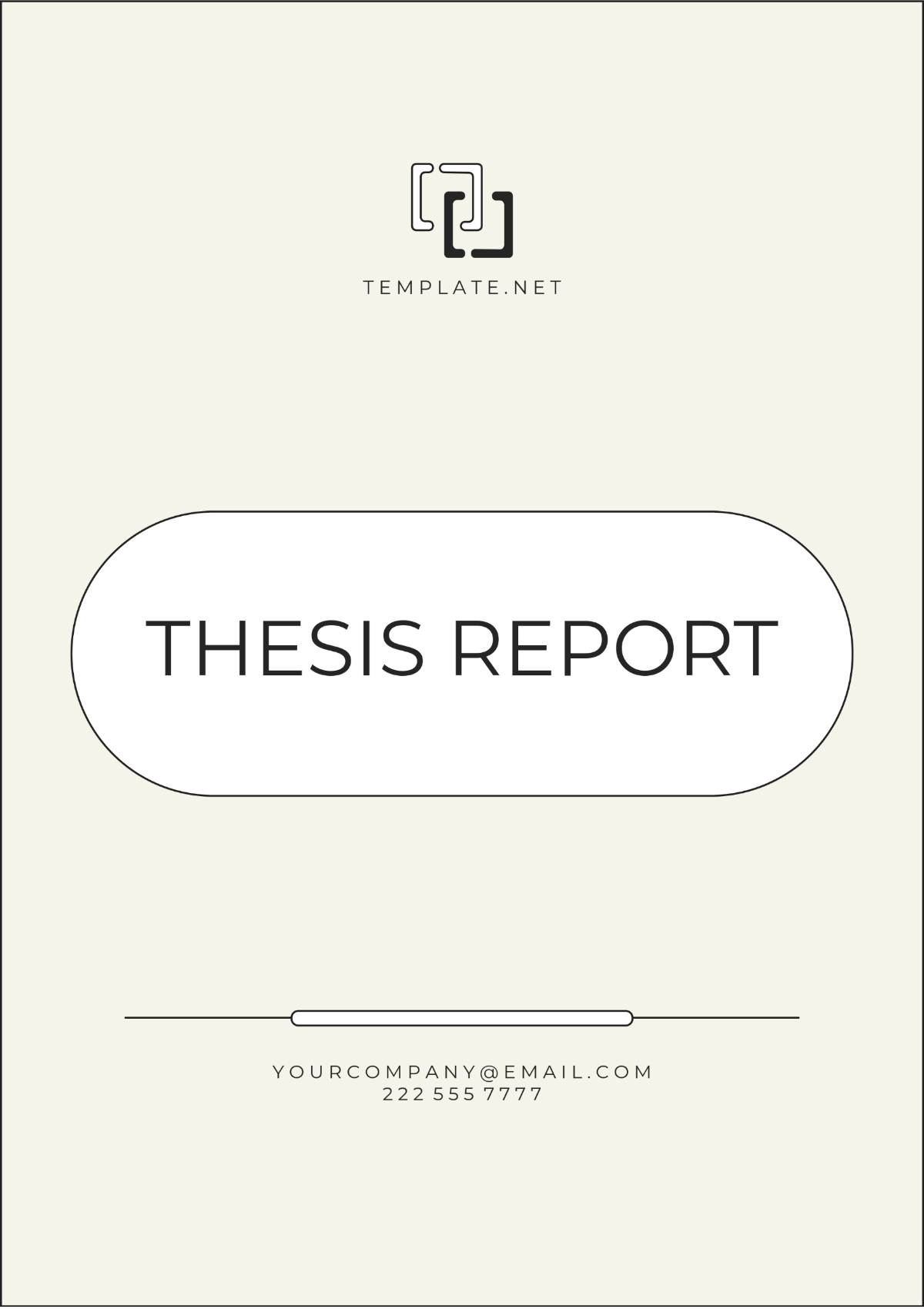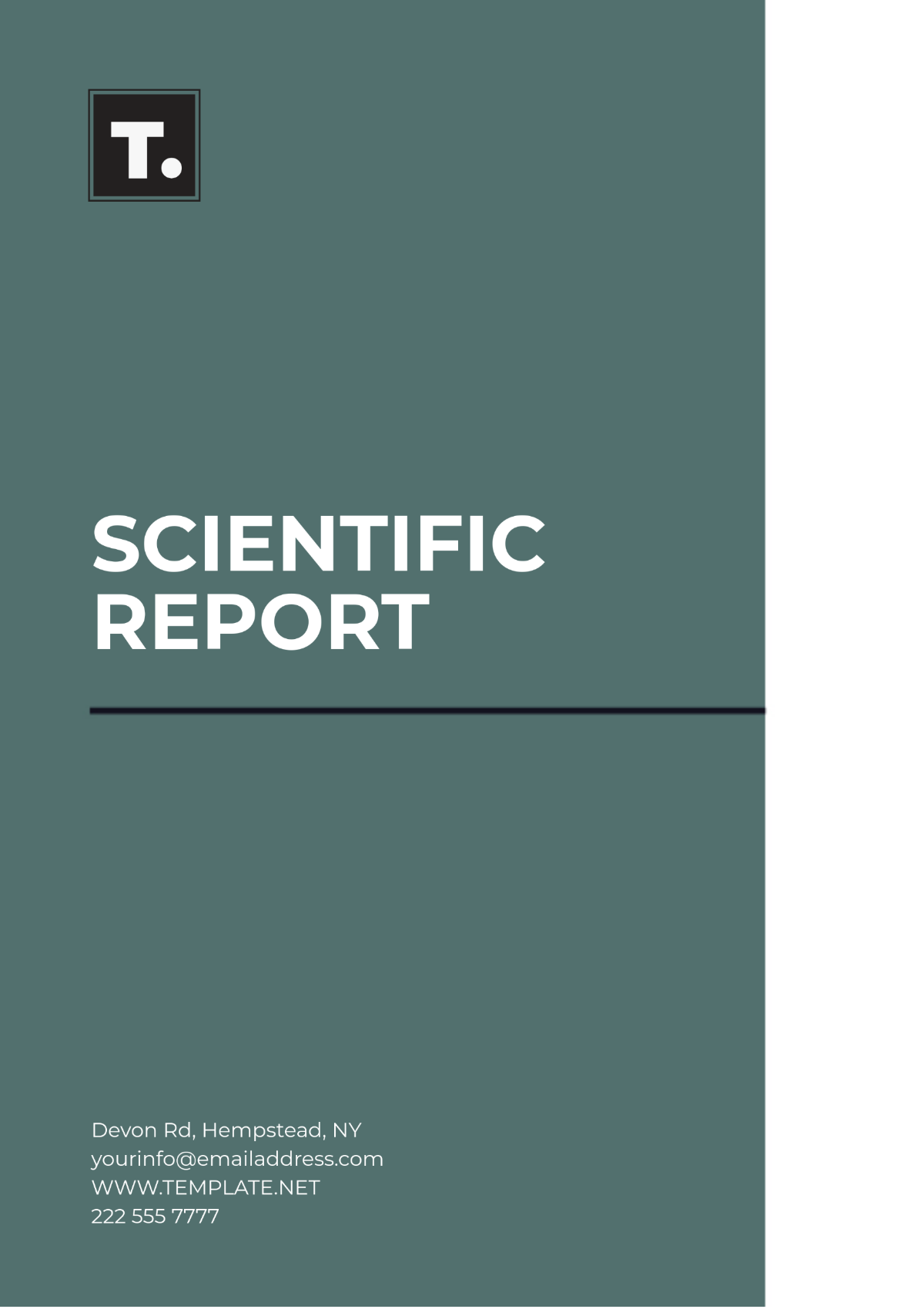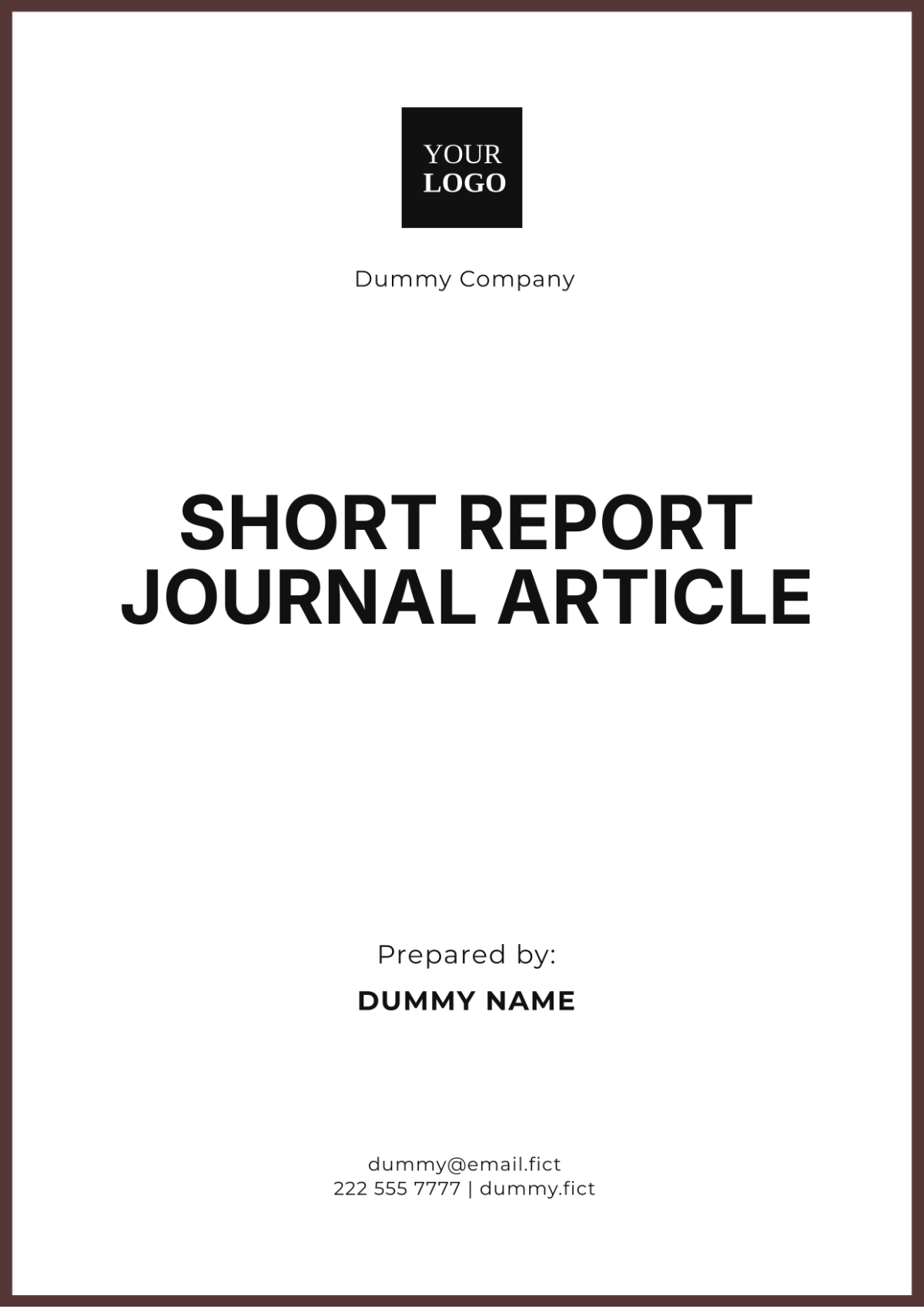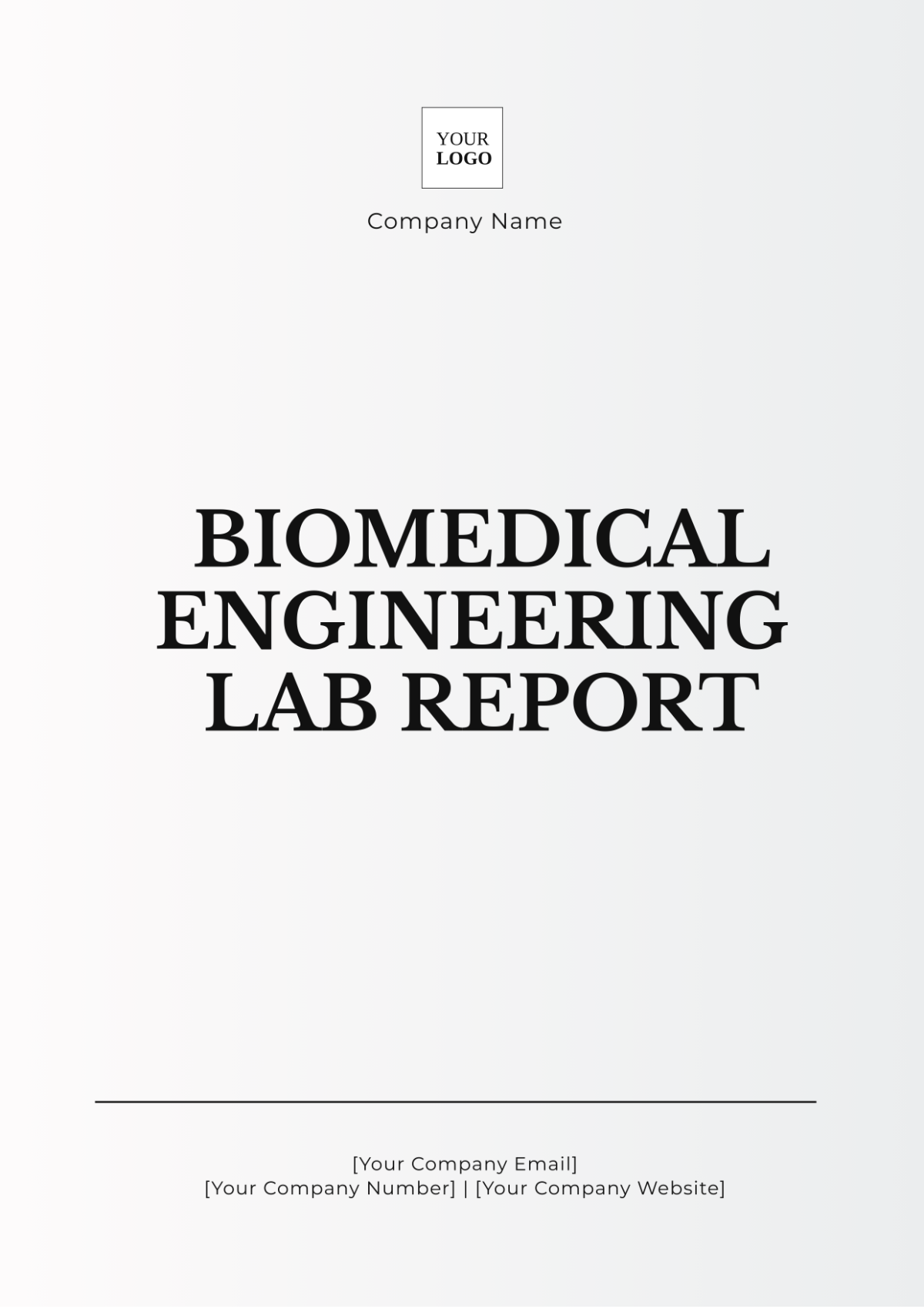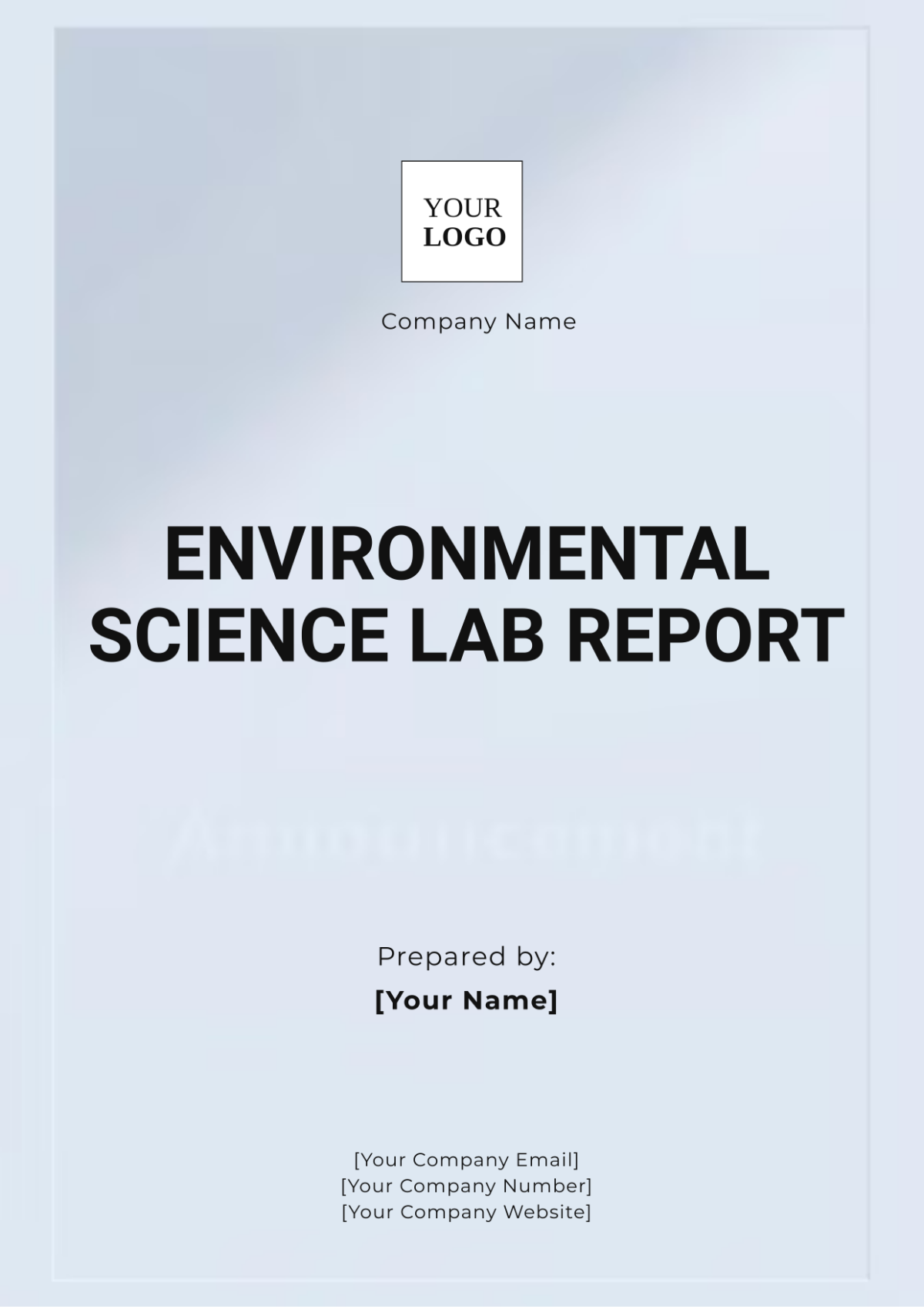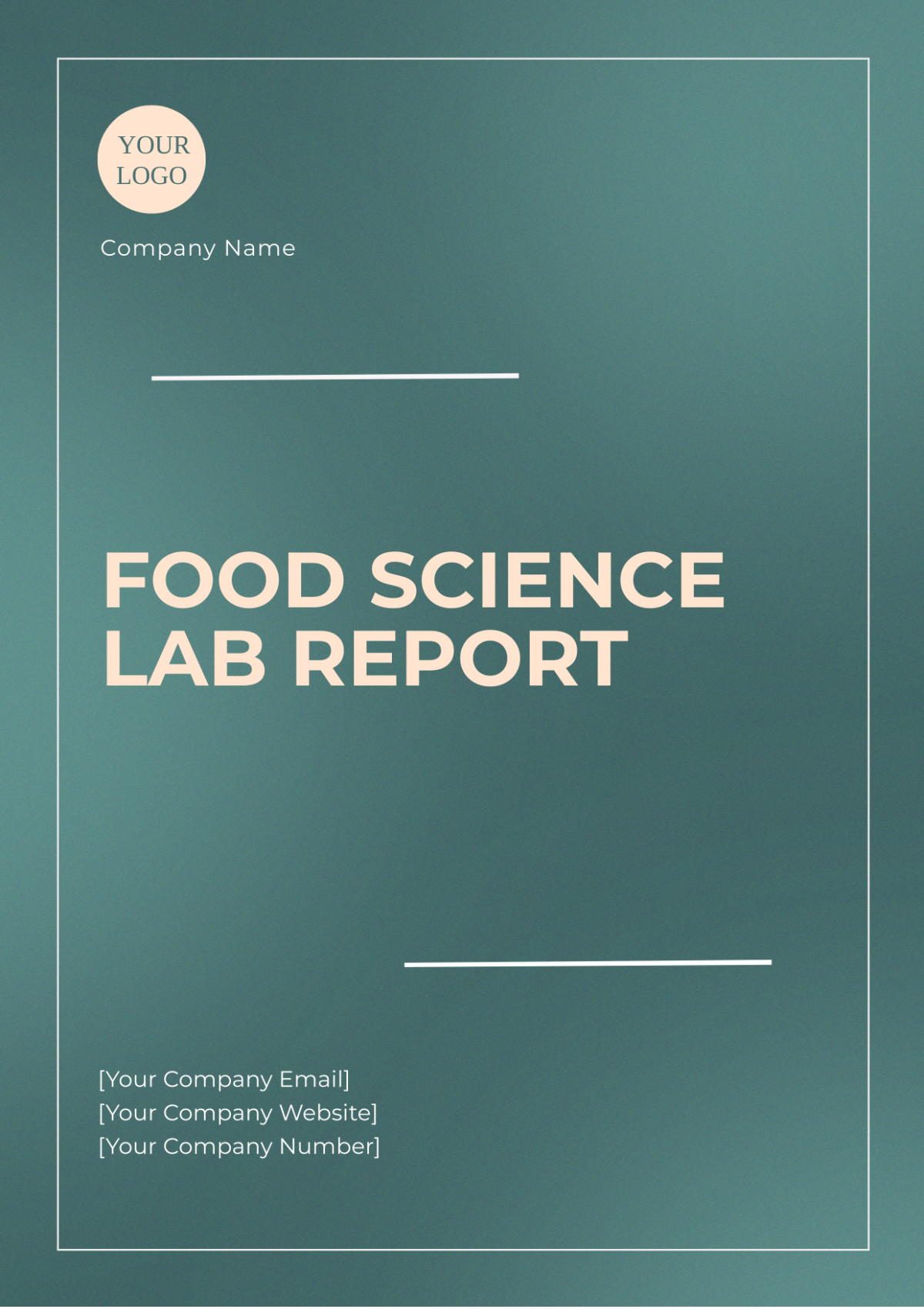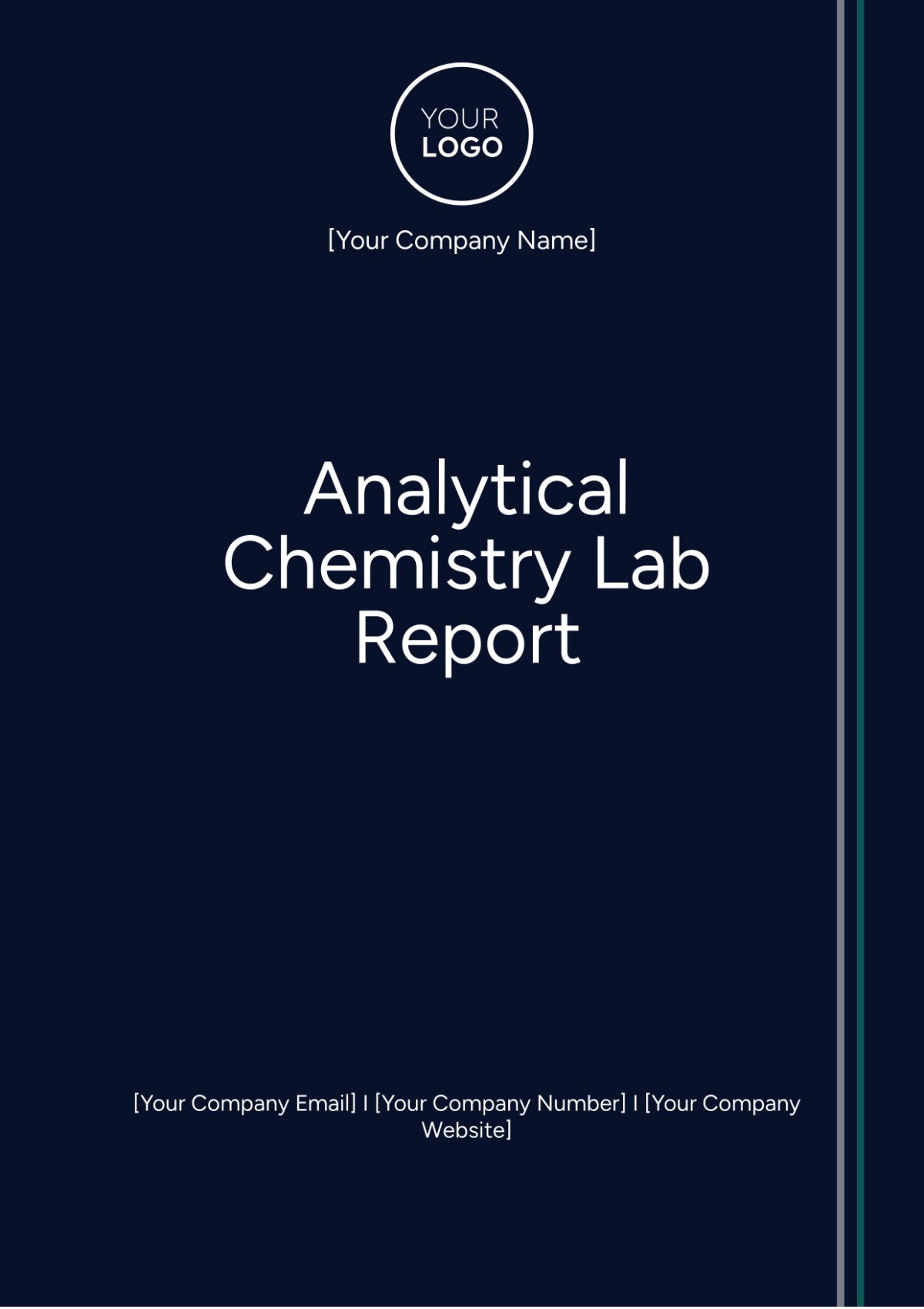Lab Report Discussion Section
I. Introduction
The primary objective of this experiment was to investigate the impact of varying concentrations of enzyme X on the rate of substrate Y conversion. This experiment holds significance as it aims to elucidate the kinetic properties of enzyme X, which has potential applications in industrial and medical fields. The hypothesis posited that higher concentrations of enzyme X would result in an increased rate of substrate conversion, consistent with the principles of enzyme kinetics.
II. Summary of Key Results
The experiment yielded crucial findings, highlighting key results essential for understanding the research outcomes. Here are the main findings:
Enzyme Concentration and Conversion Rate: The conversion rate of substrate Y demonstrated a positive correlation with increasing concentrations of enzyme X, showing a marked acceleration in the reaction speed as enzyme concentration increased.
Plateau Effect at Higher Concentrations: At enzyme concentrations exceeding 50 μM, a substantial leveling off in activity was noted, indicating that the reaction had achieved its maximum velocity, as additional enzyme did not correspond to an increased conversion rate.
Determination of Optimal Concentration: The optimal concentration of enzyme X for achieving maximum substrate Y conversion was identified as 50 μM. At this concentration, the enzyme was most efficient, converting the substrate at its highest rate.
Constant Conversion Rate Beyond Optimal Concentration: Once the concentration exceeded 50 μM, the substrate conversion rate plateaued, showing that the enzyme reached saturation with all active sites filled, and further increasing enzyme concentration did not enhance the reaction rate.
III. Interpretation of Results
The results demonstrate that enzyme X exhibits classic Michaelis-Menten kinetics, characterized by the following key observations:
Acceleration of Substrate Conversion: As the concentration of enzyme X increased, the rate of substrate Y conversion accelerated, which is consistent with Michaelis-Menten's principles. This indicates that higher enzyme concentrations enhance the reaction speed.
Plateau and Saturation: A plateau in the conversion rate was observed beyond a certain enzyme concentration. This plateau suggests that all available substrate binding sites on the enzyme molecules are fully occupied, reaching the maximum reaction rate (Vmax). At this point, adding more enzymes does not further increase the rate of conversion.
Practical Implications: Understanding this saturation point is crucial for optimizing the use of enzyme X in practical applications. By identifying and utilizing the enzyme within its optimal concentration range, one can achieve efficient substrate conversion while minimizing costs and avoiding excessive use of the enzyme.
IV. Comparison with Hypothesis
The experiment's results largely support the original hypothesis, asserting that higher concentrations of enzyme X enhance the rate of substrate Y conversion. However, the presence of a plateau indicates that the relationship is not linear indefinitely. This deviation from a directly proportional relationship was not anticipated in the initial hypothesis but aligns well with established enzyme kinetics models. The hypothesized linear increase was observed only up to the point of saturation.
V. Contextualization
The findings of this experiment are consistent with previous research on enzyme kinetics, particularly the Michaelis-Menten behavior observed in other enzymes. Studies have shown similar saturation kinetics in enzymes like lactase and catalase, where increasing enzyme concentrations lead to enhanced reaction rates until a maximum velocity is reached. This correlation supports the validity of our results and adds to the body of knowledge concerning enzyme X’s behavior, suggesting that it follows classical enzyme activity patterns.
VI. Error Analysis
Several potential sources of error were identified in this experiment, which could impact the accuracy and reliability of the results:
Measurement Inaccuracies: Minor discrepancies in measuring enzyme and substrate concentrations could lead to variations in the observed conversion rates. Precision in measurement is crucial for reliable results.
Timing Inconsistencies: Variability in the timing of substrate conversion measurements can introduce inconsistencies in the data, affecting the overall accuracy of the rate calculations.
Temperature Variations: Fluctuations in experimental temperature can significantly impact enzyme activity, as enzymes are sensitive to temperature changes. Maintaining a stable temperature is essential for consistent results.
Recommendations for Improvement
Enhanced Measurement Accuracy: Employ more precise measuring instruments and techniques to minimize errors in enzyme and substrate concentration measurements.
Automated Timing Systems: Utilize automated systems for timing the reaction to ensure consistency and reduce human error in recording data.
Controlled Experimental Conditions: Conduct experiments in a temperature-controlled environment to maintain a constant temperature and ensure stable enzyme activity throughout the experiment.
VII. Implications and Recommendations
The broader significance of these findings lies in their potential applications in various fields. For instance, in the biotechnology sector, the optimal enzyme concentration can be employed to maximize yield in enzymatic reactions, reducing costs and improving efficiency. In medical research, understanding enzyme X kinetics could inform drug dosage designs where enzyme activity modulation is critical.
Future research should focus on:
Kinetics with Inhibitors and Activators: Explore enzyme X’s behavior with various inhibitors or activators to understand its regulatory mechanisms and enhance its application in different contexts.
Stability and Activity Across Conditions: Assess enzyme X's stability and efficiency across a range of temperatures and pH levels to determine its robustness and adaptability for diverse environments.
Real-World Applications: Validate laboratory findings by applying them in practical settings to confirm enzyme X’s effectiveness and guide its use in industrial or medical applications.
These recommendations aim to enhance the utility and understanding of enzyme X, fostering advancements in both scientific knowledge and its practical applications.

